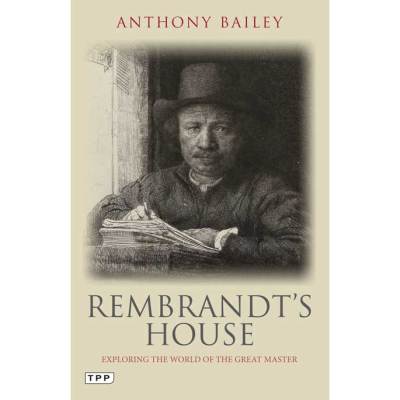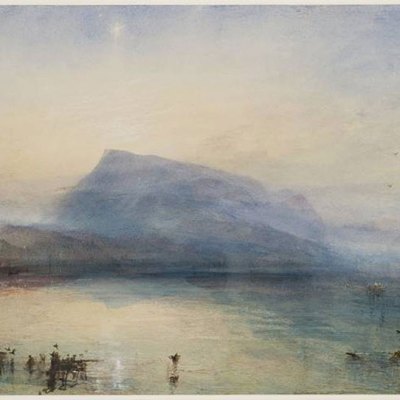In Beyond The Pleasure Principle, Freud wrote that libido comprises the fusion ‘of those instincts which have to do with all that may be comprised under the word “love”…the nucleus of which is…sexual love with sexual union as its aim.’ So be prepared, once you’ve walked along the manicured Maresfield Gardens and through the Freud Museum’s pale blue door, to be confronted by a lusty collection of figurines and statuettes pertaining to what Freud termed the ‘life instinct’.
Some of the pieces (selected from Freud’s 2,500-strong collection of antiquities) celebrate traditions that are still upheld today. Adorning the glossy catalogue cover, for example, is a speckled ivory phallus amulet with a ram as its head. The phallus is a symbol of virility in many cultures, and is still carried through the streets of the Japanese village of Komaki every year to ensure a good harvest. Other practises have been firmly left behind. As the show’s curator Janine Burke explained, ‘in ancient Greece, the genitals of both sexes were regarded as objects to worship, particularly when going into battle or requiring fertility. But today, for example, we wouldn’t sew penises into clothes for protection.’ Quite.
Freud (the catalogue takes care to note) ‘recognised the ancient power invested in the display of women’s genitals’ as well, despite his arguably constricted attitudes towards women. Exhibits upstairs range from a palm-sized ‘Baubo’ figurine with her genitals on show (according to Greek myth Baubo was a rather bawdy goddess of childbirth and fecundity who once exposed herself to Demeter), to a range of Aphrodite and Venus statuettes. A touching addition to these items is the correspondence revealing Freud’s relationship with his wife Martha, along with his personal ring engraved with Martha’s name and their wedding date (13 September 1886), which he stored in a matchbox while he travelled.
Downstairs, the museum has invited four contemporary artists to provide fresh reflections on Freud’s Eros-themed antiquities. Set against the umber parquet floor, Persian rug and mustard chaise longue in Freud’s cloistered study is a set of slim pots in two vitrines by Edmund de Waal. These ceramics are moon-pale, with shadows slanting over their delicately rimmed sides. ‘Placing de Waal’s deceptively simple work here frames Freud’s history of exile from Vienna, partly through de Waal’s pieces, and partly through [the artist’s] family history and collection of objects…[which have] made their own equally extraordinary journey’, explains the museum’s director, Caroline Seigel.
Jodie Carey’s twin plaster sculptures Untitled (Love and Loss) and Rachel Kneebone’s Bacchanalian porcelain triptych are also white, echoing many of Freud’s antiquities, while Hannah Collins’ grainy photographs of his collection (Freud/Fauna: A Journey around Freud’s Rooms) hang in the hallway in pleasing juxtaposition to the three-dimensional works themselves. One wishes more contemporary artists had been commissioned to extend the conversation further.
As Freud once said to his famed colleague, Jung, ‘I must always have an object to love.’ And as Janine Burke remarked to me, ‘Freud prescribed psychoanalysis for other people. For himself, it was shopping therapy – he was always taking time out to visit antiquities bazaars.’ Whether you take a date or go solo to this show, the display of Freud’s various acquisitions will convince you that today’s society is positively prudish in comparison to the past.
‘Freud and Eros: Love, Lust and Longing’ is at the Freud Museum, London, until 8 March 2015.





